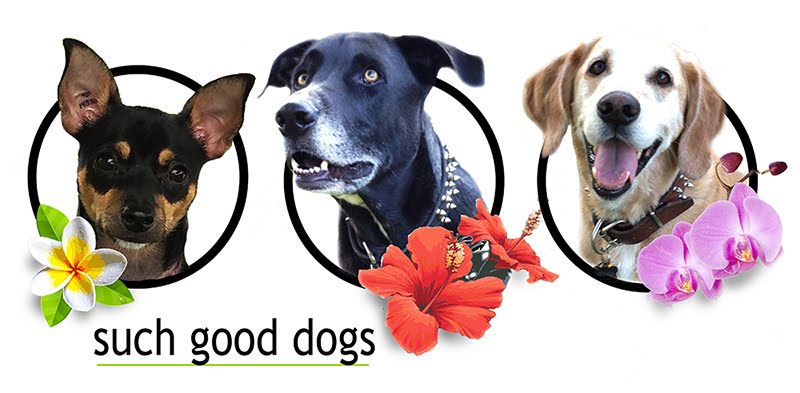Dog Care Essentials
1. Identify your dog
External Identification: Be sure to place an ID tag on your dog's collar that includes your dog's name and phone number. It is often helpful to add your address and/or other household member's phone numbers as well. This is the easiest way to quickly identify your pet.
Microchip Identification: Take the extra step and have your dog microchipped by your vet. Many shelters and human societies will automatically do this before adoption or when you spay/neuter your pet. Take advantage of this. The microchip is an extra easy way to identify your pet when lost. Although only a professional with the proper equipment will be able to scan your pet's chip, its a great way to be sure your pup comes back to you if they are turned into animal control or your local shelter.
2. Follow your local dog licensing laws
Check with your local humane society or shelter for information on how to license your pet. This is required by law. Don't worry though, it's usually not that expensive.
3. When you are out, keep your dog on leash
Respect your community and the people around you by keeping your dog on-leash when not in your own yard. Not only will this help keep your dog safe, but your neighbors will appreciate you controlling your dog.
4. Take your dog to the Vet for regular check-ups
This is SO important. Many people don't realize the many vaccinations your dog should receive, not to mention monthly things such as Heartworm pills and flea prevention. Regular vet trips will keep your dog in top health and actually save you money down the line.
Read about Monthly Reminders and giving a self Dog Exam.
I can not stress this enough! Please, please, PLEASE spay or neuter your pet! The pet over-population problem across the United States grows worse each year. On average, there are around 1-2 million dogs that are euthanized each year. By spaying or neutering your pet, you are doing your part to help control the pet population by not adding to the problem. Your local shelter may offer Spay/Neuter clinics at low or no-cost to the owner. Maui Humane Society has such offers several times each year.
Many owners try and save money by feeding cheap foods that seem "okay" for their dog. This is a mistake. Many times feeding poor-quality pet food can actually cause your dog to have problems, forcing owners to take them to the vet and pay costly vet bills. By feeding a good quality food, your pet will be healthy and happy and live a much longer life loving you.
Read How to Pick a Dog Food.
Positive reinforcement training will allow you to train your pal in a way that is pleasant for both owner and pet. Training will also help you maintain balance, set proper rules and boundaries for your pet, and build an even stronger bond. I can stress enough how important it is to train your dog!
Read about Proper Leadership.
Read Training Terms Help.
Although giving your dog plenty of regular daily physical exercise is very important, mental activity is equally if not more important for your dog. Again, TRAIN your dog! Engaging your dog in activities that make him use his brain will not help give your dog structure, but help wear them out as well. Remember the old saying, "A tired dog is a happy dog." This is still true, but make sure he's both physically AND mentally satisfied.
9. Be patient
I can not stress this point enough. The best thing you can bring to train your dog is a LOT of patience. Training takes time and dog's feed off our emotions. It is important to be calm but firm when training your dog. When you get frustrated, take a deep breath, relax, and then try again. Or come back to the training after you have had time to calm down.
Proper socialization can be tricky. Properly socializing your dog is very important, but many people do not understand what that actually means. Proper socialization is not only exposing your dog to as many situations, people, and other dogs as possible, but more importantly, making all of these experiences positive ones so that your dog becomes comfortable no matter what happens.



















